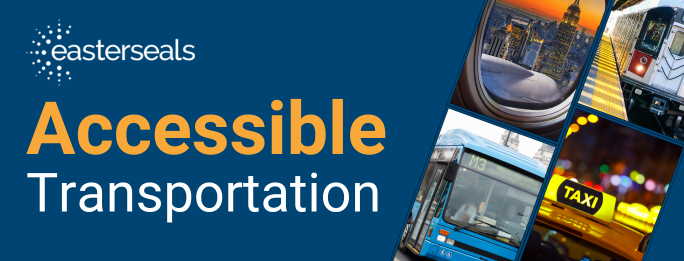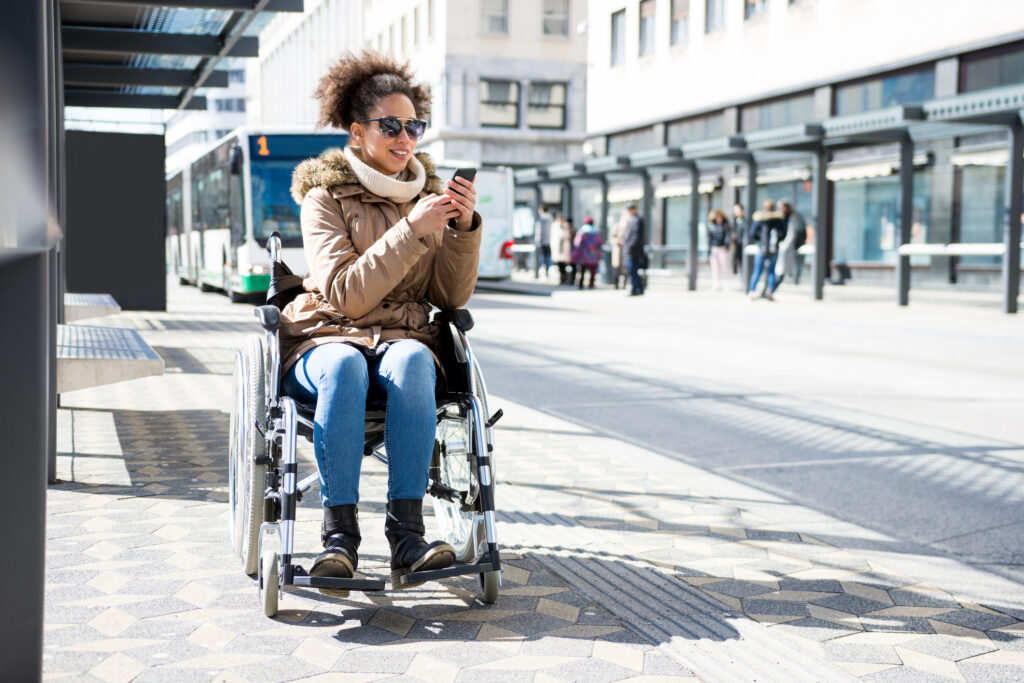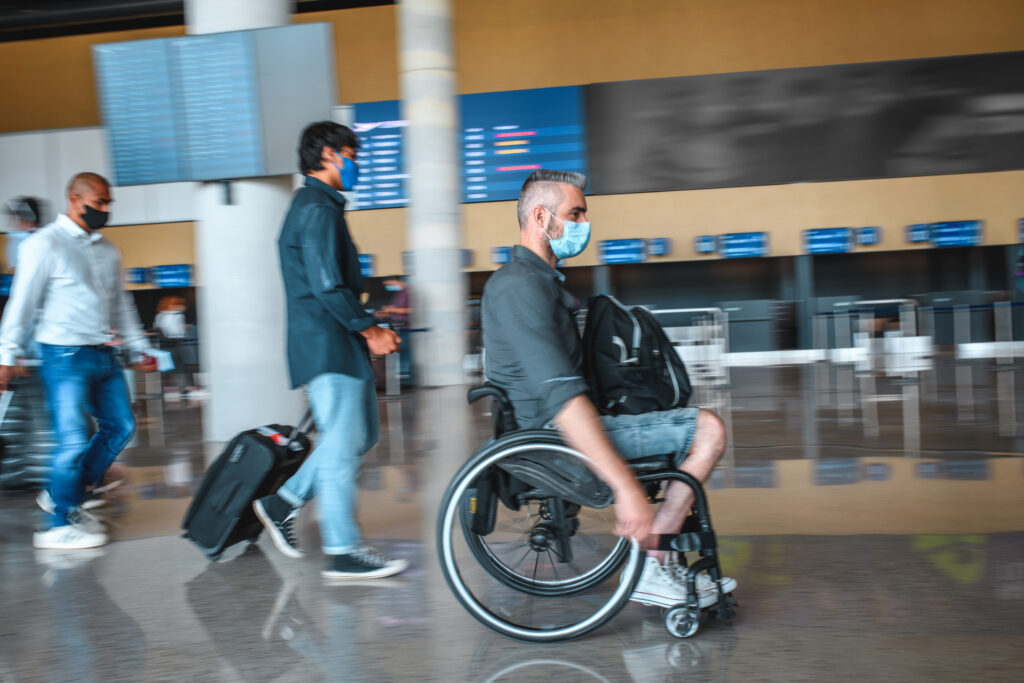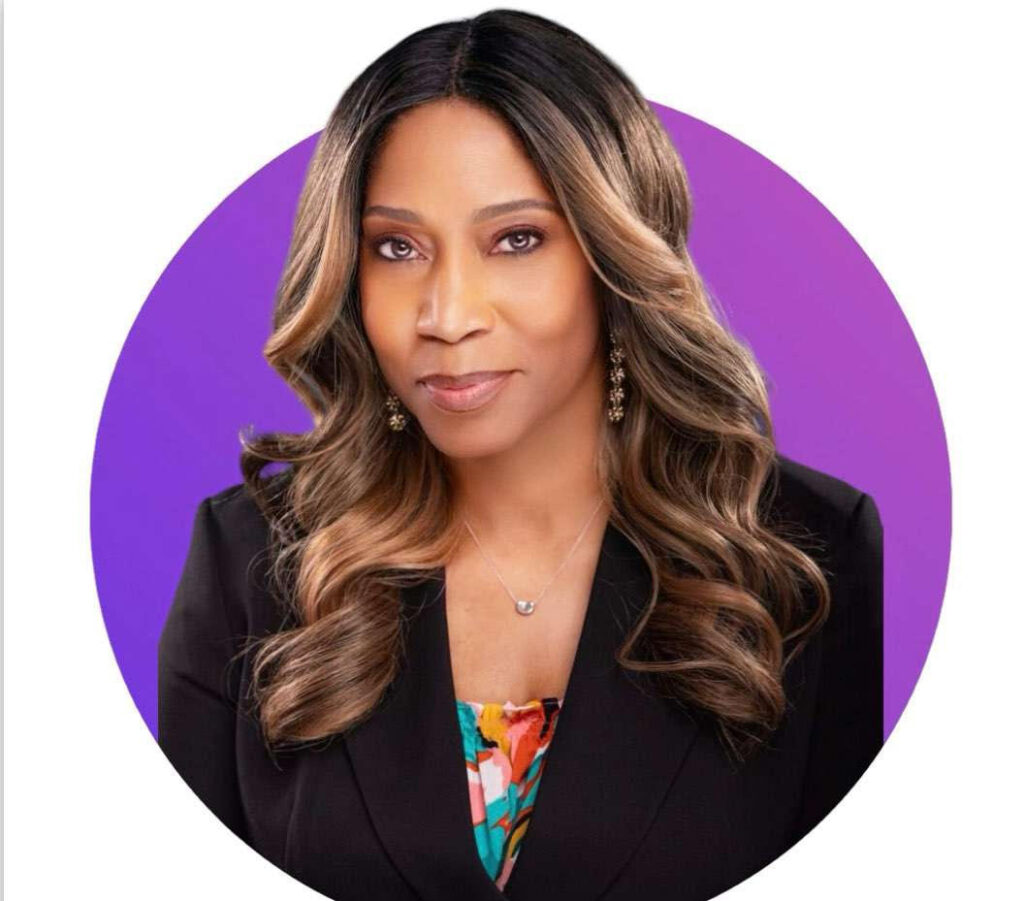How Transportation Employees Can Offer Services to Users with Disabilities in Safe, Respectful Ways to Create More Accessible Communities
by Blog Writers
 By Andrea Jennings
By Andrea Jennings
Transportation is more than just a means of getting around; it’s a gateway to how we all access our community and society. When transportation services are inaccessible, disabled individuals are excluded from many aspects of life, including employment opportunities and social events.
Employees at all levels, from frontline staff and C-Suite top executives to mid-managers and senior managers, play a vital role in ensuring accessible transportation. Thoroughly vetting third-party contractors that work directly with disabled individuals to make sure that they understand how to interact with disabled individuals is something government agencies and organizations should prioritize. Although the Americans with Disabilities Act (ADA) will ultimately set the groundwork, using human-centered practices beyond legal compliance can yield more sustainable results than if implemented in a performative way. It’s about creating an experience that allows everyone equitable access with dignity and without attitudinal barriers. Let’s dive into some best practices of how transportation employees can offer services to users with disabilities in safe, respectful ways to create more accessible communities.
In practice, this may look like asking questions, taking the time to understand accessibility policies thoroughly, providing individualized support, and ensuring all equipment is functioning properly. Communication is always integral to accessibility: having signage and literature in accessible formats can make a significant difference. Additionally, being attentive to feedback and engaging in regular training is crucial for continually improving the travel experience for passengers with disabilities. Since 1/4 of Americans have a disability, it might also be helpful for employees to read books to understand the disability culture firsthand from people with lived experiences. Books like Disability Visibility by Alice Wong and The Anti-Abelist Manifesto by Tiffany Yu are good books to start with.
As Keith Jones, President of SoulTouchin’ Experiences, emphasizes, “The two key practices that can be adopted are already predicated in legislation. Also having continuous training on best practices, serving individuals with disabilities as well as consistently adhering to Department of Transportation guidelines and the ADA.”
 Practical Measures to Enhance Accessibility in Ground Transportation
Practical Measures to Enhance Accessibility in Ground Transportation
Practical steps are essential for transportation employees to improve accessibility. Training transportation employees and operators on how to operate accessible equipment successfully are also important, as well as emergency preparedness. Some of these tools set the employee and the passenger up for success. For example, employees can ensure that transportation schedules and wayfinding tools are within the customer’s reach and are in accessible formats, providing clear directions on the fastest and safest routes. Here are some additional practical tips from people with lived experience or who work in fields that support and advocate for accessibility beyond mere compliance:
Mark Waterson, CEO of Convalescent Aid Society, a non-profit organization providing free loan of medical equipment to community members, highlights a crucial aspect: “One of the keys to making transportation as accessible as possible is to make sure that seats and areas designated for disabled individuals remain open and available for those who actually need these accommodations.”
Zebreda Dunham, who runs the YouTube Channel “Zebreda Makes it Work,” notes, “When I go to the train stations, the elevators occasionally don’t work, and regardless if they work or not, the buttons are hard to reach. I often have trouble getting through the turnstiles because of people who are non-paying customers. It would be nice if an employee were there to keep the flow smooth and make sure that the disabled community can operate the systems smoothly.”
Clear Path of Travel – Rideshare, Taxis, Shuttles, and Event Parking
As an accessibility in entertainment and media strategist, I naturally attend many events and concerts. As a mobility aid user, a critical part of my accessible experience is the flow of accessible arrival and departure. Employees can ensure a clear path of travel by checking to see that paths from parking areas to shuttle pick-up and drop-off points are clear and accessible. There should be adequate signage, and drivers should be instructed to pull into these areas at the designated spots.
Enhancing Comfort and Safety
Comfort and safety should be at the forefront of every transportation employee’s mind. To prevent serious accidents, grab handles should be within easy reach, seats should be at appropriate heights, and equipment should be regularly maintained. However, aside from accessible equipment, employees can also enhance travelers’ experiences.
Treasure Sheppard, a Strategic Initiatives Project Manager at HACLA, highlights, “I find it refreshing when staff take the time to pause and be patient while assisting individuals with disabilities. This leads to better safety measures and customer experiences.”
 Air and Sea Travel Accessibility
Air and Sea Travel Accessibility
Air and sea travel can be a daunting experience for people with disabilities, but it doesn’t have to be. Employees, from check-in staff to flight attendants, play an essential part in the experience and safety of disabled travelers. Handling mobility aids with care and ensuring accessible boarding and seating arrangements are vital. In 2021, a friend to many and the late public figure and advocate Engracia Figueroa’s wheelchair was damaged when she returned from advocating in D.C. This wheelchair was custom built for her individual needs and ultimately was, as she put it, “an extension of herself.” If the employees had handled her wheelchair with care, her wheelchair would not have received the damage in the first place. Again, protocols alone are not enough; employees implementing the protocols, having more human-centered training, and hiring disabled consultants can make a world of difference and also save lives.
Training, Awareness, and Feedback
Proper training is crucial for all transportation employees to assist disabled passengers effectively. Effective training involves not only understanding how to use accessibility equipment but also how to interact respectfully and supportively with people who have disabilities. Sara Goldman, MPH, MSBS, ADAC, an Accessibility Coordinator, emphasizes, “There are many existing practices and policies that have been implemented to make bus, rail, and air transportation more accessible to people with disabilities. A key practice to adopt would be consistent and regular training to ensure that all employees are aware of policies and able to implement those practices for anyone who may wish to utilize them!”
Public awareness campaigns can also make a big difference by educating other passengers about accessibility protocols. For example, a report from the U.S. Department of Transportation (DOT) highlights how practical training and public awareness can reduce complaints and improve overall satisfaction for disabled passengers. Finally, it is essential to involve people from diverse disabled communities in the planning and feedback processes, as we are not a monolith. This can ensure that the transportation system is responsive, accessible, and inclusive, addressing the needs of all passengers.
Dana “MzDanaK” Jones, a community member and rising author of an autobiography called N the BLINK of an Eye, adds, “In my experience, they can help more when they obviously see that they might be needed and always be ready to accommodate with patience.”
Conclusion
Accessibility beyond compliance requires a strong commitment from all employees, from executives to frontline workers, to understand and address the diverse access requirements of all passengers. By focusing on human-centered improvements, maintaining safety and comfort, and fostering a culture of respect, transportation employees can offer services that allow everyone to travel with dignity and ease. In this way, we create more accessible communities.
 Andrea Jennings, M.Mus., Series TV host as well as a producer for Access for All: Integrating Accessibility, is a disability & accessibility in media Strategist, director, and lead actress in an award-winning film. Passionate about music, law, and entertainment. Her journey led to creating Shifting Creative Paradigms – Leveling The Playing Field® a multi-media social enterprise production co., that advocates for social justice through Disability culture, film, music, and art. She is a chair emeritus and current commissioner for an Accessibiity and Disability Commission. Andrea’s scholarly contributions include co-authoring the pivotal health equity report, The Atlantic | OPRG’s report on “The Intersection of Health Equity in Communities & Business Strategy,” which addresses systemic challenges in health equity. Her work has graced prestigious platforms like Park Avenue Armory, The Metropolitan Museum of Art, and Rutgers University. Her work has also been recognized in Forbes, Billboard Magazine, The Atlantic Magazine, The Hollywood Reporter, and The New York Times.
Andrea Jennings, M.Mus., Series TV host as well as a producer for Access for All: Integrating Accessibility, is a disability & accessibility in media Strategist, director, and lead actress in an award-winning film. Passionate about music, law, and entertainment. Her journey led to creating Shifting Creative Paradigms – Leveling The Playing Field® a multi-media social enterprise production co., that advocates for social justice through Disability culture, film, music, and art. She is a chair emeritus and current commissioner for an Accessibiity and Disability Commission. Andrea’s scholarly contributions include co-authoring the pivotal health equity report, The Atlantic | OPRG’s report on “The Intersection of Health Equity in Communities & Business Strategy,” which addresses systemic challenges in health equity. Her work has graced prestigious platforms like Park Avenue Armory, The Metropolitan Museum of Art, and Rutgers University. Her work has also been recognized in Forbes, Billboard Magazine, The Atlantic Magazine, The Hollywood Reporter, and The New York Times.






